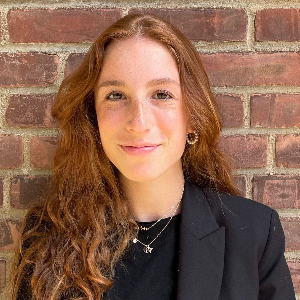Title : Right-sided ataxia in adolescent craniocervical chordoma with mass effect on the brain stem: A case-report
Abstract:
Introduction: Chordomas are rare, locally aggressive tumors which arise from embryological remnants of the notochord. Found in the craniocervical junction (C1-C2), mobile spine, and sacrum, they are particularly uncommon in pediatric and adolescent patients, especially those which originate near the craniocervical junction. These tumors can pose significant surgical challenges due to their proximity to critical neurovascular structures. Pediatric and adolescent chordomas in the craniocervical junction typically present with symptoms such as head and neck pain, paresthesias, dysesthesias, and cranial nerve palsies. However, in some cases, patients exhibit less common symptoms which include but are not limited to ataxia, foot-drop, and weakness. Previous literature has found other early-onset, generalizable symptoms lending to this diagnosis, such as pain, rigidity, and weakness. Methods: We present a C2 chordoma in a 19-year-old male with brainstem compression and extensions to the prevertebral space, the bilateral foramina of Luschka, and the left hypoglossal canal. We describe his unusual clinical presentation as well as complete treatment regimen. Results: Patient early-onset symptoms included intermittent right hand weakness progressing to difficulty with bilateral hand coordination. Fourteen months later, the patient developed additional right-foot drop and difficulty walking which brought him to seek clinical treatment. Late-onset symptoms included left oral tongue fasciculations and dysphagia. The patient denied common symptoms such as head and neck pain, paresthesias and dysesthesias. Treatment included an endoscopic endonasal resection and posterior cervical fusion followed by proton-beam therapy for prevention of remittance. As of eighteen months post-treatment, the patient has regained most neurological functions with no evidence of recurrence. He remains neurologically intact and has resumed daily activities with minimal difficulty. Conclusion: Pediatric and adolescent craniocervical chordomas typically present with symptoms such as head and neck pain, rigidity, paresthesias, dysesthesias, and cranial nerve palsies. However, some patients may present with rarer, more generalized symptoms. We describe a 19-year-old male patient who initially presented with ataxia in the right hand progressing to the right foot. This unique clinical presentation suggests that the presence of rarer symptoms, such as ataxia, in the absence of common symptoms can still be early clinical indications of pediatric craniocervical chordomas, as shown in previous literature. In clinical practice, failure to consider less common symptoms may lead to delayed treatment seeking and diagnosis, and thus should be pursued in order to provide thorough preemptive care.
Audience Takeaway Notes:
- Pediatric craniocervical chordomas, although typically presenting with common symptoms like head and neck pain, paresthesias, dysesthesias, and cranial nerve palsies, can sometimes manifest through rarer symptoms such as ataxia and limb weakness.
- In this case study, the unusual presentation of ataxia in the absence of more common symptoms led to a delay in the patient seeking diagnosis and treatment. This emphasizes the importance of considering atypical symptoms in order to avoid delayed diagnosis, in turn improving patient outcomes.
- Future research should focus on analyzing the progression and variability of symptoms in pediatric craniocervical chordomas to refine diagnostic criteria and reduce delays in diagnosis.




